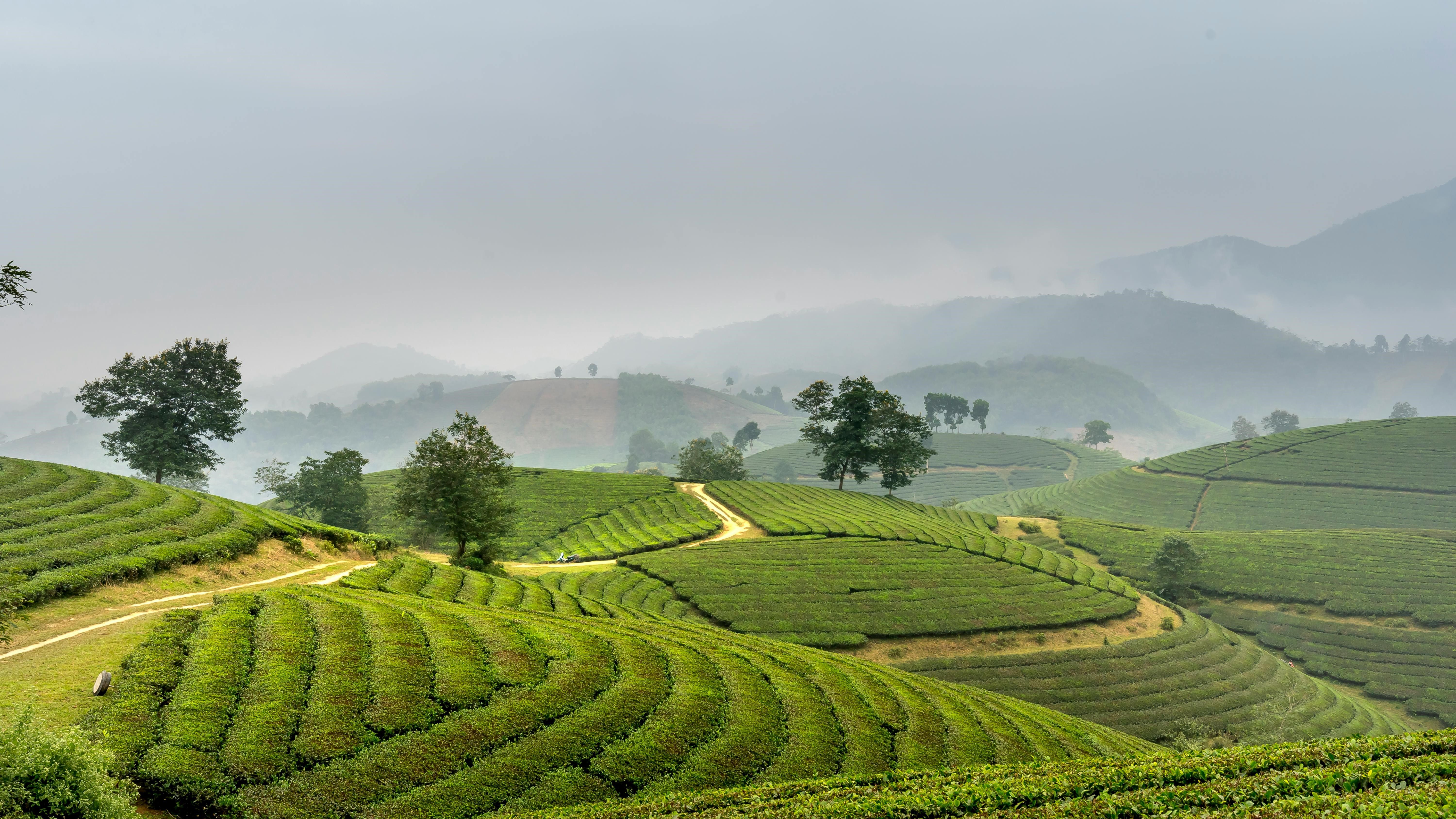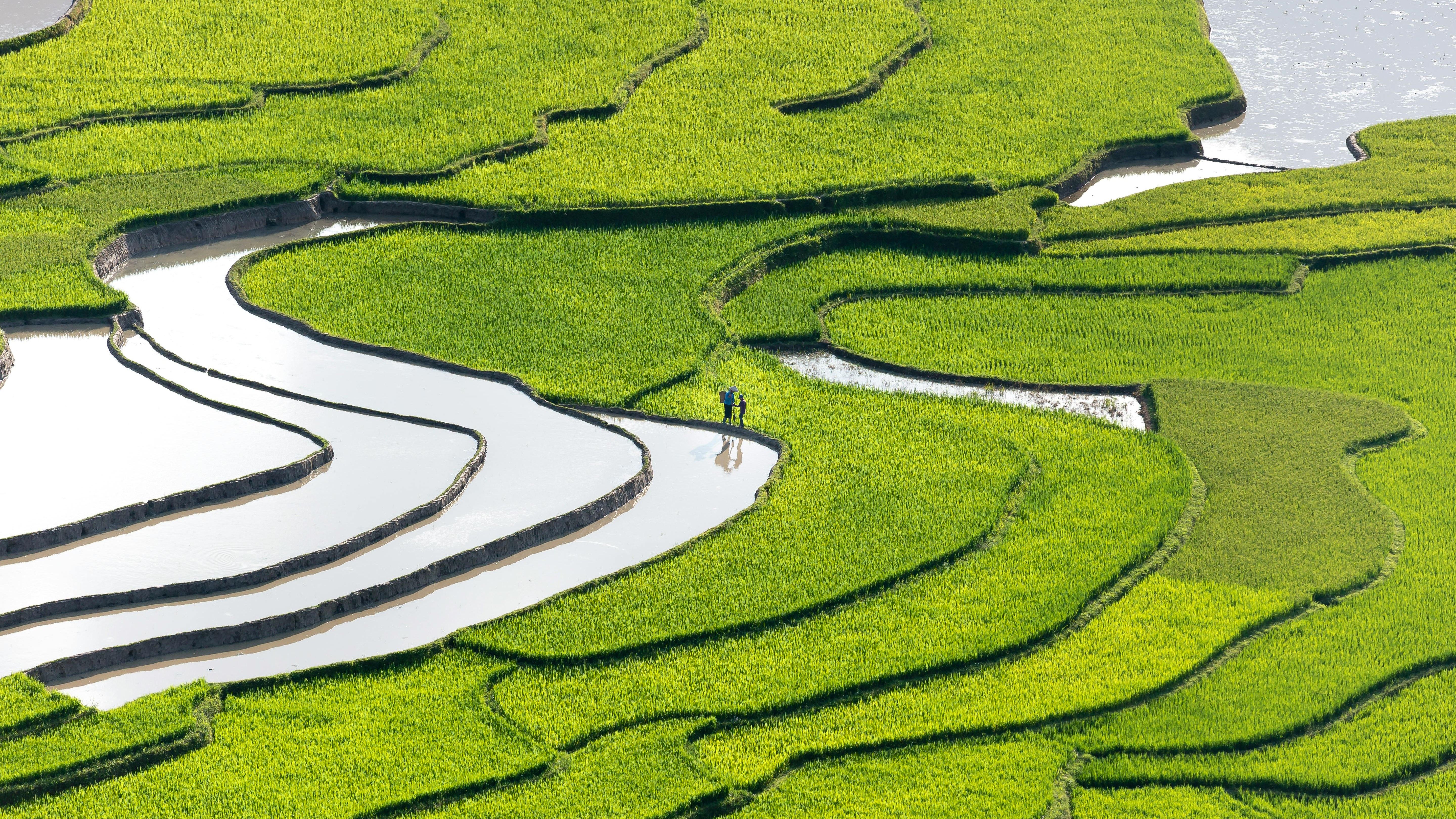
Travel Tips for Visiting Sapa or Ha Giang Loop After Yagi Storm
After a storm like Yagi, the beauty of Vietnam’s northern regions—Sapa and the Ha Giang Loop—can be even more stunning, with freshly washed landscapes and vibrant greenery. However, traveling to these areas right after a storm requires careful planning and some extra precautions to ensure a safe and enjoyable trip.
Check the Weather Forecast
Before heading to Sapa or the Ha Giang Loop, it’s crucial to monitor the weather forecast. Even after the storm has passed, there can still be lingering rain, landslides, or road closures. Keep an eye on the weather for a few days after Yagi to choose the best time to travel.

Road Conditions and Accessibility
Both Sapa and the Ha Giang Loop are known for their winding, mountainous roads. After a storm, these roads may be more dangerous due to mud, landslides, or fallen debris. It's a good idea to check with local authorities or your accommodation for updates on road conditions. If you're planning to rent a motorbike, ensure it's in good condition and that you're comfortable with potentially challenging driving conditions.

Book Flexible Accommodation
Storms can cause unexpected delays, so consider booking accommodation that allows for flexible dates. Many hotels and guesthouses in Sapa and Ha Giang offer the option to change your booking with short notice. This can be particularly useful if you need to adjust your plans due to weather conditions.
Pack Appropriately
After a storm, the weather can be unpredictable. Be sure to pack warm clothing, as the temperatures in Sapa and Ha Giang can drop significantly, especially in the evening. Waterproof gear, including a jacket, boots, and a cover for your backpack, will also help you stay dry and comfortable during your travels.
Plan Your Activities Wisely
While the landscapes may look more lush and beautiful, some outdoor activities might be less safe after a storm. Trekking routes can be slippery, and river levels may be higher than usual, making some crossings dangerous. Consider opting for guided tours where local experts can help navigate safer paths and provide information on any hazards.

Stay Connected
In case of an emergency, it's important to have a means of communication. Ensure that your phone is fully charged and that you have a portable charger with you. Having the contact information for your accommodation, local authorities, or a travel agency can be useful in case you need assistance.
Respect Local Conditions
After a storm, local communities may be dealing with the aftermath, such as repairing damage or clearing roads. Be respectful of these efforts, and consider supporting local businesses as they recover. Your tourism can help them get back on their feet more quickly.
Consider Travel Insurance
If you haven’t already, consider purchasing travel insurance that covers trip cancellations, delays, and natural disasters. This can provide peace of mind and financial protection if your plans are disrupted by lingering effects of the storm.
Whether you’re drawn to the terraced rice fields of Sapa or the dramatic mountain passes of the Ha Giang Loop, traveling after a storm like Yagi can offer a memorable and serene experience—just take the time to plan carefully and stay safe.